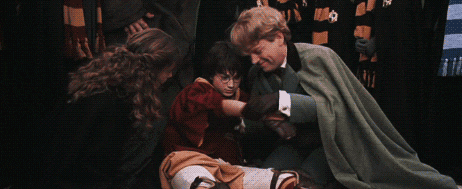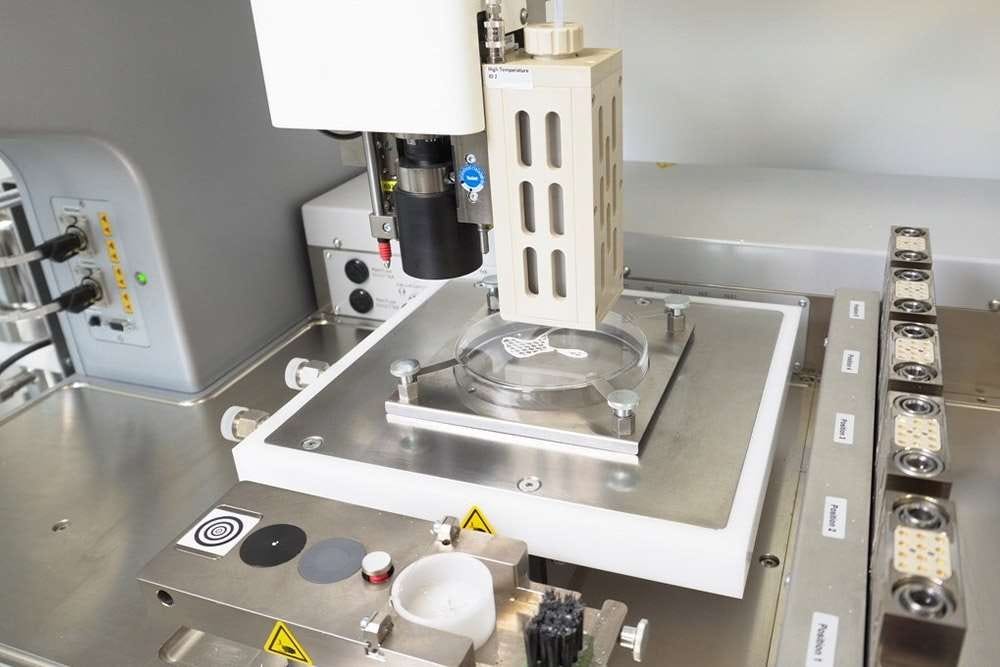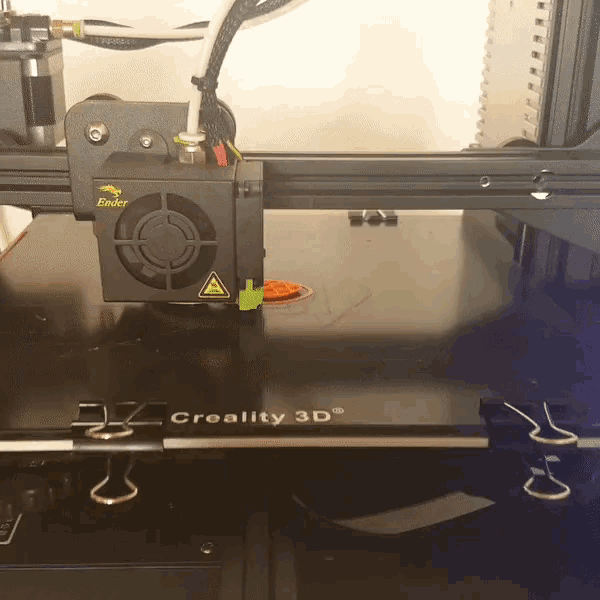Ossiform's 3D Bone Printer 🦴
Ossiform is creating 3D-printed bone implants using the same dominant mineral from our bones.
Welcome to a new episode of Year 2049, your weekly guide to the events, discoveries, and innovations shaping the future of tech, climate, science, and more.
If this was forwarded to you, subscribe to get a new story in your inbox every Friday 👇
This week’s comic
The backstory
Our bones aren’t invincible
As we go through life, we encounter injuries and diseases that leave our bones weakened or fractured.
For mild injuries, bones can heal themselves. But for major fractures or serious diseases (like osteoporosis), we may need a bone graft.
A bone graft is a bone transplant where you repair a damaged or missing bone with another bone to restore its structural stability. There are two types of bone grafts:
Allografts: using a bone from a deceased donor
Autografts: extracting a healthy bone from your own body and using it on the damaged area
Over 2.2 million bone grafting procedures occur worldwide each year. Bone grafting is generally safe, but it has a few problems:
Allografts depend on finding a donor
Autografts require you to extract one of your healthy bones
Both of these approaches work but are less than ideal, which is why one company is trying to change that.
Ossiform: the company printing bones

Ossiform (previously called Particle3D) is a MedTech startup based in Denmark working on creating 3D-printed bone implants.
Their patented 3D printing technology allows them to print “patient-specific, natural, and resorbable” bone implants, which they call P3D Bone. Let’s break that down:
Patient-specific: each P3D bone is modelled and designed specifically for the intended patient based on a CT or MRI scan.
Natural: the P3D bone is composed of beta-tricalcium phosphate, the naturally occurring and dominant mineral in our bone cells. This allows the printed bone to have the same structure and porosity as regular bones.
Resorbable: the P3D bone goes through “resorption” just like a normal bone would. Resorption is the natural process by which a bone deteriorates and remodels itself with time. This means that the bone implant will be naturally remodelled into a living bone.
With their technology, Ossiform’s mission is to:
Reduce complications
Improve functional and aesthetic outcomes
Obtain faster recovery
Their patented technology
From Ossiform’s website:
Ossiform is founded on a widely applicable and worldwide IP protected technology invented while investigating the possibility of 3D printing bone implants for human use.
Our solution is a bio-ink composed of powder particles suspended in a solid but meltable fatty acid matrix. The bio-ink enables a new 3D additive manufacturing process where objects are constructed directly from a computer-aided design (CAD) file. The bio-ink is loaded into a syringe, heated to its melting point and extruded as a thin line onto a cooler stage on which it re-solidifies. The fatty acid is then removed through burning and the powders are sintered together.
The invention can be used with many materials and in many industries beyond the medical field.
In simpler terms, Ossiform’s patent covers a new type of bio-ink for 3D printers that can be used beyond its P3D bone implants. They’ve been granted patents for their technology in Europe (2020), the US (2020), and China (2021).
How it works
Let’s say you need a bone implant and decide to go for the P3D bone instead of the traditional bone graft. Here’s what would happen:
Scan: You complete a CT/MRI scan which your hospital sends to Ossiform.
3D Modeling: Ossiform creates a 3D model of your specific implant based on your scans.
Implant Design: A surgeon reviews and accepts the 3D model, which is then sent to a production hub where the bone is printed.
Production Hub: this is where the implant is printed, sterilized, and sent to your hospital or clinic.
Surgery: your hospital or clinic receives the implant from the nearby production hub and performs the surgery.
What Ossiform is currently working on
Ossiform is developing multiple products for different use cases:
P3D Bone: the P3D bone isn’t available to the public yet, but their website indicates it’ll be “available soon”. It seems like they’re in their final stages of R&D. Learn more.
P3D Bone with additives: besides a standard bone implant, Ossiform is also creating a version that can deliver “additives such as growth factors, antibiotics, and chemotherapy with wide-ranging benefits for patients”.
P3D Scaffolds: a lifelike bone environment for research purposes. The goal is to allow researchers to test new treatments and study disease mechanisms in a realistic bone setting. Learn more.
Q&A with Ossiform
I reached out to the Ossiform team and they helped clarify some questions I had:
Q: How does the cost of Ossiform's P3D bone implant compare to current methods of replacing or reconstructing bone?
Our P3D Bone is expected to provide a lower cost of treatment compared to traditional bone grafting as well as current patient-specific implants of titanium and plastic.
This is because it will reduce procedure costs and complications – and increase hospital productivity – due to its resorbable and patient-specific qualities, while it is also cheaper than other patient-specific implants. The material we use is associated with very low complication rates, and by providing a patient-specific implant, you further reduce the risk of complications and re-surgeries, and you save operating time because the surgeon does not need to manually adjust the implant during surgery.
Q: Have you conducted any clinical trials? If so, what have been the results?
We have not yet conducted any clinical trials, but this is planned for in 2022. Until now, we have conducted five animal trials and several laboratory tests that show that the implants perform as well as predicted or even better in some cases. The results show that The implants are mechanically strong and free from contaminants, support the rapid formation of new vascularized bone, integrate with neighbouring bone in vivo, and show clear signs of implant resorption and no signs of infection.
Q: What challenges do you need to overcome before the P3D bone becomes commercially available?
First and foremost, we are working to obtain clearance by the FDA which will allow us to market the P3D Bone in the USA. We are currently finalizing the production setup in accordance with ISO certified standards in order to produce the first version of our P3D Bone for human use. Our goal is to supply patient-specific bone implants, and it can be challenging for a young firm to get such a product cleared by the authorities. In 2022, we expect to receive regulatory clearance for our first 3D-printed P3D Bone implant which is customizable in size and will be provided in standardized shapes for orthopedic surgery. This represents a major step on the way to launching our fully patient specific P3D Bone implant.
Q: You're also creating a P3D bone with additives. Can you elaborate on what the intended use cases are for these?
We are developing P3D Bone implants that can release additives in a local and controlled manner and over a prolonged period of more than two weeks. Due to their special chemical composition, the implants can be loaded with pharmaceuticals such as antibiotics, growth factors, and chemotherapy to combat infections, improve implant performance in terms of bone regeneration, and treat systemic diseases, respectively.
This opens new opportunities for the treatment of bone defects and provides a more effective way of dosing medication which reduces the amount of the drug needed.
Q: What are you most excited about for Ossiform's future?
Our vision is to make all bone implants personalized and facilitate the natural forming of new bone. Hopefully, our product will change the way that we look at implant opportunities for patients that need bone repair.
Final thoughts
Although the P3D bone isn’t available yet, Ossiform’s progress so far is exciting. We’ll need to wait and see the success rates of the P3D bone implants compared to traditional bone grafts.
I hope Ossiform succeeds because their bone implants can improve a patient’s treatment experience. They wouldn’t have to wait for a donor or extract one of their healthy bones. It’s also modelled specifically to their body and need which is great.
One thing I would love to see is the ease of access to this technology by having Production Hubs that can cover the majority of geographies. One way to do that would be to partner directly with hospitals and set up 3D printing production hubs there. This can make P3D bone implants more accessible to patients and doctors, reduce wait times, and reduce the cost and time to transport.
Help me spread the word
Making comics and writing about interesting things going on around the world and across industries has been a blast.
I would appreciate it if you took a moment to share Year 2049 with others and invite them to subscribe 👇
or send them this link: https://year2049.substack.com/welcome
If you missed the previous episode
I talked about the problems farmers are facing and how autonomous farming can help 👇
or check out all previous Year 2049 episodes.
How would you rate this week's edition?








That is amazing. Sci-fi coming to reality. I suppose it won't be long before scientists are building androids and infusing them with AI. That's when the scary stuff happens.